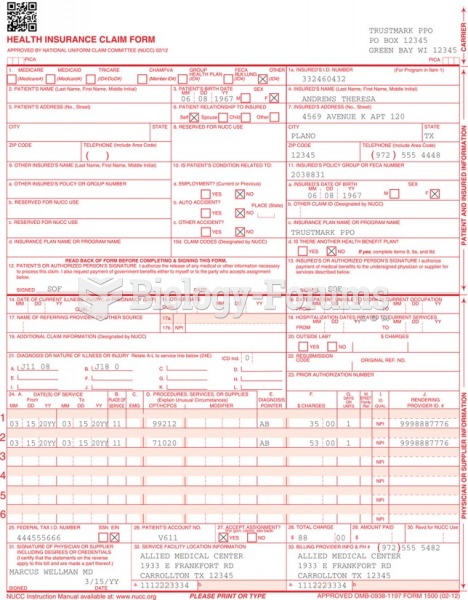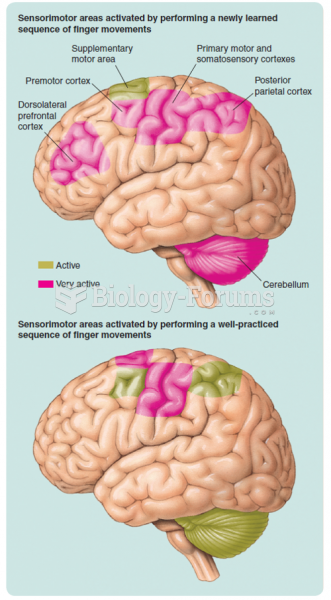Answer to Question 1
Correct Answer: 1,2,3
Rationale 1: Behavior that manifests as the child ignoring outside stimuli is most likely absence seizure, which is different from tonic-clonic seizure.
Rationale 2: The patient who suffers seizure disorder cannot prevent seizure occurrence by focusing harder.
Rationale 3: The patient with tonic-clonic seizure disorder is less likely to outgrow them than the patient with absence seizure disorder.
Rationale 4: Many patients experience an aura prior to the tonic-clonic phase. Identifying the aura can provide time for the patient to move to a safe area, notify another person of the impending seizure, and to prepare.
Rationale 5: Status epilepticus is a medical emergency that may occur in the patient who suffers tonic-clonic seizure disorder.
Answer to Question 2
Correct Answer: 1,5
Rationale 1: Stable blood levels of medication are important in the control of seizure activity. In order to achieve this stability, the medication should be taken at the same time every day.
Rationale 2: The patient should take the dose as soon as it is remembered but should not take two doses at the same time or close together.
Rationale 3: Oral medications are not delivered rapidly to the system, so taking an additional dose of medication when an aura occurs is not effective in controlling the impending seizure.
Rationale 4: The patient should never abruptly discontinue taking these medications and should not skip doses.
Rationale 5: Kava interferes with many AEDs, often adding to their sedative effects.







